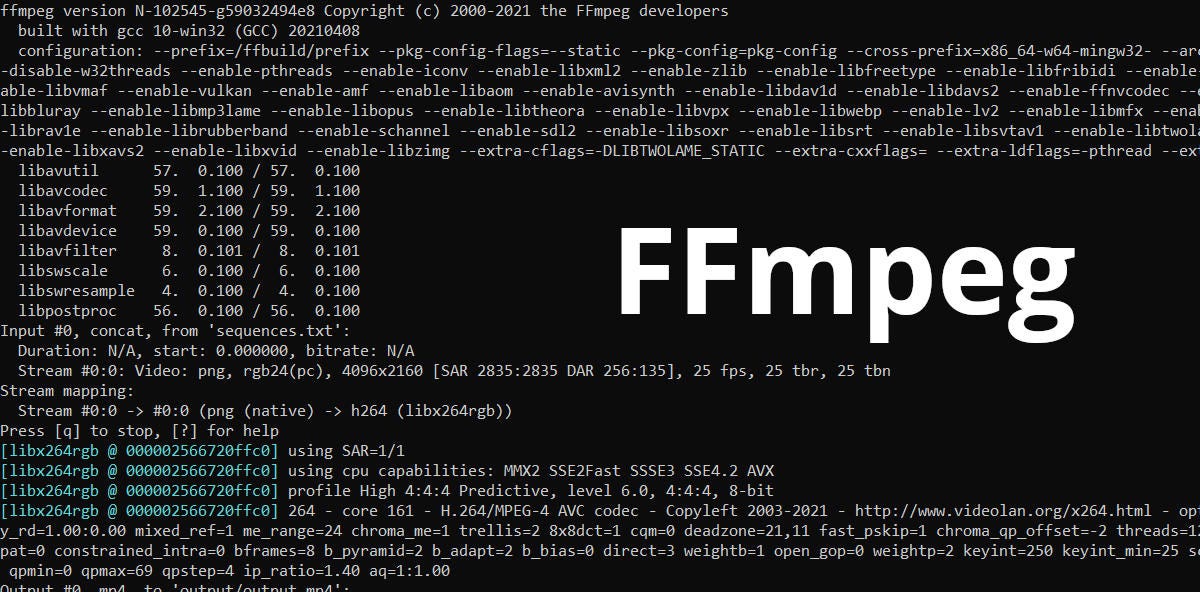Axios GET and POST in JavaScript: The Ultimate Guide for Developers
Axios is a powerful, promise-based HTTP client for JavaScript, perfect for making GET and POST requests in both browser and Node.js environments. Its simplicity, automatic JSON parsing, and robust features like interceptors make it a go-to choice for developers. In this guide, we’ll dive into using Axios for GET and POST requests, provide practical examples.
Why Use Axios for HTTP Requests?
Axios simplifies HTTP requests with features like:
- Promise-based API: Works seamlessly with async/await for clean, readable code.
- Cross-platform support: Compatible with browsers and Node.js.
- Automatic JSON handling: Parses JSON responses effortlessly.
- Error handling: Provides clear error messages for debugging.
- Interceptors: Customize requests and responses, e.g., adding authentication headers.
Related: Learn JavaScript Promises for Beginners | Node.js REST API Tutorial
Setting Up Axios in Your Project
To get started, include Axios via a CDN or install it with npm/yarn.
Using a CDN
<script src="https://cdn.jsdelivr.net/npm/axios/dist/axios.min.js"></script>
Installing via npm
npm install axios
Import Axios in your JavaScript file:
import axios from 'axios';
Pro Tip: Always use the latest Axios version for security and performance updates.
How to Make a GET Request with Axios
A GET request fetches data from a server, such as retrieving JSON from an API. Let’s explore how to use Axios for GET requests in JavaScript.
Example: Fetching User Data
Here’s how to fetch users from a public API like https://jsonplaceholder.typicode.com/users.
async function fetchUsers() {
try {
const response = await axios.get('https://jsonplaceholder.typicode.com/users');
console.log('Users:', response.data);
return response.data;
} catch (error) {
console.error('Error fetching users:', error.message);
throw error;
}
}
fetchUsers();
Key Points
axios.get(url): Sends a GET request to the specified URL.response.data: Contains the JSON response.try/catch: Catches errors like network issues or invalid endpoints.
GET with Query Parameters
Refine your GET request with query parameters:
axios.get('https://jsonplaceholder.typicode.com/posts', {
params: {
userId: 1
}
}).then(response => {
console.log('Posts:', response.data);
}).catch(error => {
console.error('Error fetching posts:', error.message);
});
How to Make a POST Request with Axios
A POST request sends data to a server to create or update resources, like submitting a form or creating a new record.
Example: Creating a New Post
Let’s create a post using https://jsonplaceholder.typicode.com/posts.
async function createPost() {
try {
const postData = {
title: 'My New Post',
body: 'This is the content of my post.',
userId: 1
};
const response = await axios.post('https://jsonplaceholder.typicode.com/posts', postData);
console.log('Post created:', response.data);
return response.data;
} catch (error) {
console.error('Error creating post:', error.message);
throw error;
}
}
createPost();
Key Points
axios.post(url, data): Sends a POST request with the provided data.postData: JSON payload sent to the server.response.data: Server’s response, often the created resource.
Advanced Error Handling with Axios
Axios provides detailed response objects:
data: Response payload.status: HTTP status code (e.g., 200, 404).headers: Response headers.
Handle errors effectively to improve user experience:
async function fetchData() {
try {
const response = await axios.get('https://jsonplaceholder.typicode.com/invalid-endpoint');
console.log(response.data);
} catch (error) {
if (error.response) {
console.error(`Server error: ${error.response.status}`, error.response.data);
} else if (error.request) {
console.error('No response received:', error.request);
} else {
console.error('Request setup error:', error.message);
}
}
}
fetchData();
External Link: Axios Documentation
Best Practices for Axios in JavaScript
- Use async/await: Improves readability over
.then()chains. - Centralize API calls: Create a dedicated module for API logic.
- Handle errors: Always include try/catch for robust apps.
- Use interceptors: Automate tasks like adding tokens.
axios.interceptors.request.use(config => {
config.headers.Authorization = 'Bearer your-token';
return config;
}, error => {
return Promise.reject(error);
});
- Set timeouts: Avoid hanging requests.
axios.get('https://example.com', { timeout: 5000 });
Conclusion
Axios is a versatile library for handling GET and POST requests in JavaScript, offering a simple yet powerful API for web development. By following the examples and best practices in this guide, you can efficiently integrate Axios into your projects and handle HTTP requests with confidence. Experiment with Axios today, and share your tips in the comments below!
Call to Action: Ready to level up your JavaScript skills? Check out our JavaScript async/await guide or explore the Axios GitHub repository for more advanced features.
Latest blog posts
Explore the world of programming and cybersecurity through our curated collection of blog posts. From cutting-edge coding trends to the latest cyber threats and defense strategies, we've got you covered.



